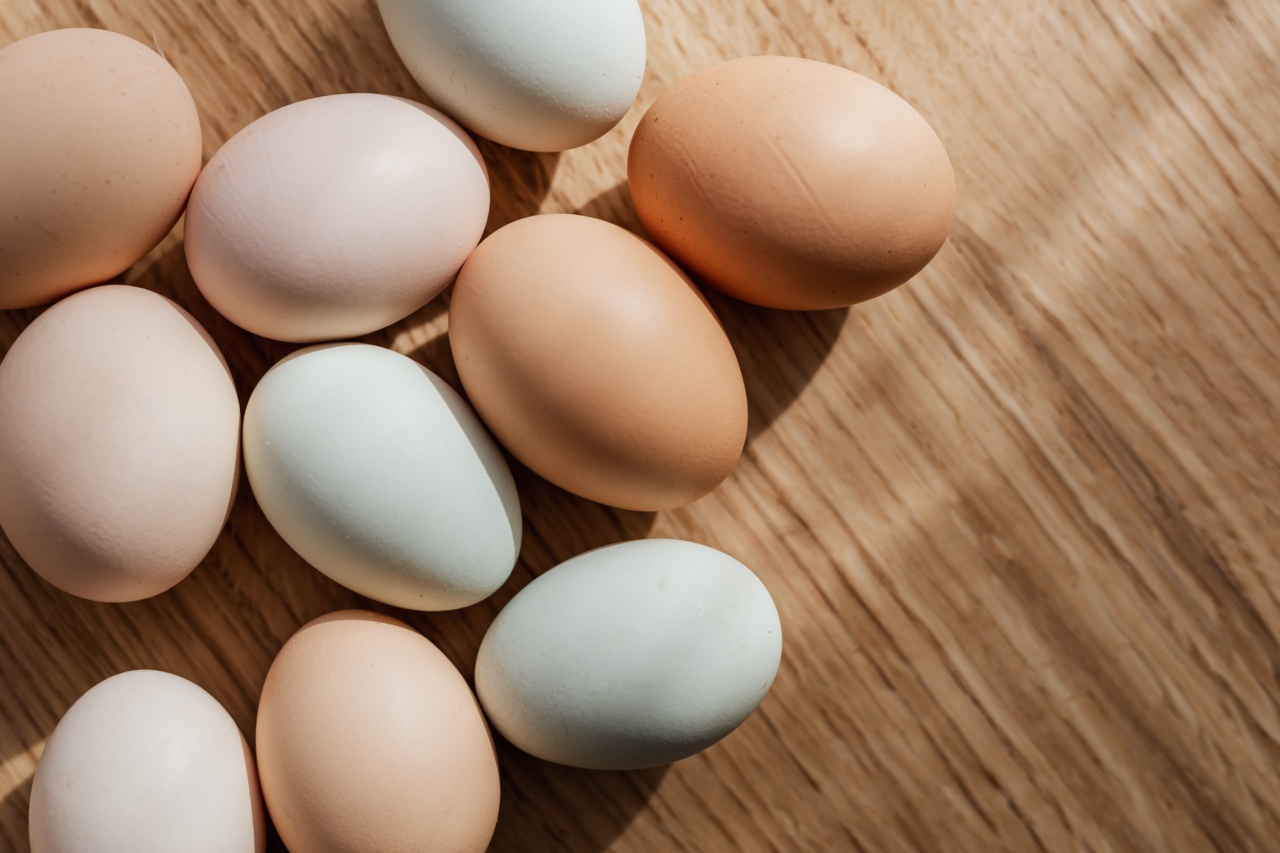Microwaving food has become a routine in many households across the world. It offers convenience and speed, allowing us to cook or reheat meals in a matter of minutes.
However, when it comes to raw chicken, microwaving can pose serious risks to our health. While it may seem like a time-saving option, there are hidden dangers associated with microwaving raw chicken that we need to be aware of.
1. Uneven Cooking and Potential Foodborne Illnesses
When you microwave raw chicken, one of the major concerns is achieving even cooking. Unlike conventional methods like baking or grilling, microwaving doesn’t always distribute heat evenly throughout the meat.
This can lead to regions of the chicken not reaching the recommended internal temperature for killing harmful bacteria.
Insufficient cooking temperatures may result in foodborne illnesses such as Salmonella or Campylobacter.
These bacteria can cause symptoms like nausea, vomiting, stomach cramps, and even more severe complications for individuals with weakened immune systems.
2. Loss of Nutritional Value
Another consequence of microwaving raw chicken is the potential loss of nutritional value. The high heat generated by microwaves can break down essential vitamins and minerals in the chicken, leaving you with a less nutritious meal.
Additionally, some studies suggest that microwaving may alter the protein structure of chicken, making it harder for our bodies to digest and absorb essential amino acids. This can impact the overall nutritional value of the meat.
3. Antibiotic Resistance
Raising chickens for consumption often involves the use of antibiotics to promote growth and prevent diseases. When you microwave raw chicken, the high temperatures may not effectively eliminate the antibiotic residues present in the meat.
Repeated exposure to low levels of antibiotics through undercooked or microwaved chicken can contribute to the development of antibiotic-resistant bacteria in our bodies.
This poses a significant public health concern and may limit the effectiveness of antibiotics when treating bacterial infections.
4. Increased Risk of Carcinogens
When microwaving raw chicken, it’s common to wrap it in plastic wrap or use containers made of plastic. This can be dangerous because heating plastic in the microwave can release harmful chemicals, such as bisphenol A (BPA), into the food.
BPA is a known endocrine disruptor and has been linked to various health issues, including an increased risk of cancer.
Heating plastic containers in the microwave can also lead to the leaching of other harmful substances, further compromising the safety of the chicken.
5. Uneven Thawing and Potential Bacterial Growth
While some people use their microwaves to defrost frozen chicken, it’s important to note that microwaving can result in uneven thawing.
This means that certain parts of the chicken may remain partially frozen while others become warm enough for bacterial growth.
Bacteria multiply rapidly at temperatures between 40°F (4°C) and 140°F (60°C), known as the “danger zone.” Microwaving frozen chicken increases the risk of this bacterial growth, which can lead to foodborne illnesses when consumed.
6. Risk of Food Contamination
When microwaving raw chicken, there is a risk of cross-contamination if proper hygiene practices are not followed.
For instance, if you place raw chicken on a plate and then use the same plate to serve the cooked chicken, you can transfer harmful bacteria from the raw meat to the cooked meat.
Cross-contamination can also occur if the chicken comes into contact with surfaces, utensils, or hands that have not been properly cleaned after handling raw meat. This can further increase the risk of foodborne illnesses.
7. Potential Fire Hazards
While not directly related to the health risks of consuming microwaved raw chicken, it’s worth mentioning the potential fire hazards associated with improper microwaving practices.
Chicken, especially if not adequately defrosted, can have moisture content that may cause steam or splattering during microwaving. This can result in overheating and cause fires inside the microwave.
8. Quality and Textural Changes
Microwaving raw chicken can also lead to changes in its quality and texture. The heat generated by microwaves can cause some parts of the chicken to become overly dry while others may remain undercooked or rubbery.
Unlike grilling, baking, or other cooking methods, microwaving does not promote browning or crispness, which are often desirable characteristics in cooked chicken. This can affect the overall sensory experience and enjoyment of the meal.
9. Alternative Cooking Methods
To ensure the safety and quality of your chicken, it is advisable to use alternative cooking methods rather than relying solely on microwaving.
Baking, grilling, or pan-searing the chicken at appropriate temperatures is more likely to achieve thorough and even cooking, minimizing the risk of foodborne illnesses.
It’s also essential to use a food thermometer to check the internal temperature of the chicken. The FDA recommends that chicken be cooked to an internal temperature of 165°F (74°C) to ensure the destruction of harmful bacteria.
10. Safe Handling and Storage Practices
Regardless of the cooking method used, practicing safe handling and storage of raw chicken is crucial in preventing foodborne illnesses. Here are some tips to keep in mind:.
– Always wash your hands before and after handling raw chicken.
– Use separate cutting boards and utensils for raw chicken and other foods to avoid cross-contamination.
– Store raw chicken in a refrigerator at temperatures below 40°F (4°C).
– Thaw frozen chicken in the refrigerator or under cold running water, not in the microwave.
– Cook chicken immediately after thawing; do not leave it at room temperature for an extended period.
– Clean and sanitize surfaces, utensils, and other kitchen equipment after they come into contact with raw chicken.
Conclusion
Microwaving raw chicken may offer convenience, but it comes with hidden dangers.
From uneven cooking and potential foodborne illnesses to the risks of antibiotic resistance and carcinogen exposure, it’s crucial to understand the potential consequences. By using alternative cooking methods, following safe handling practices, and ensuring proper cooking temperatures, you can avoid these hidden dangers and enjoy a safe and flavorful chicken dish.




























